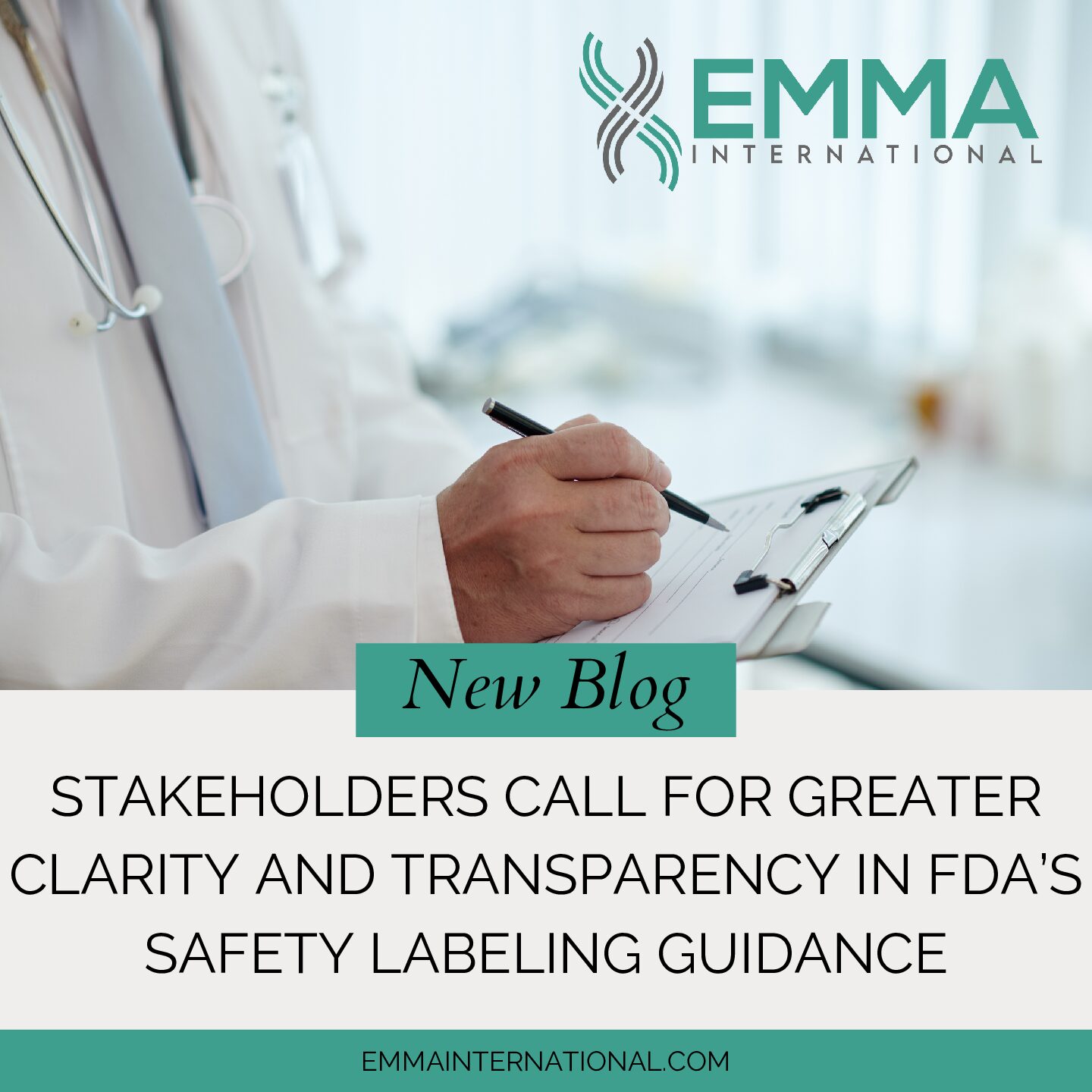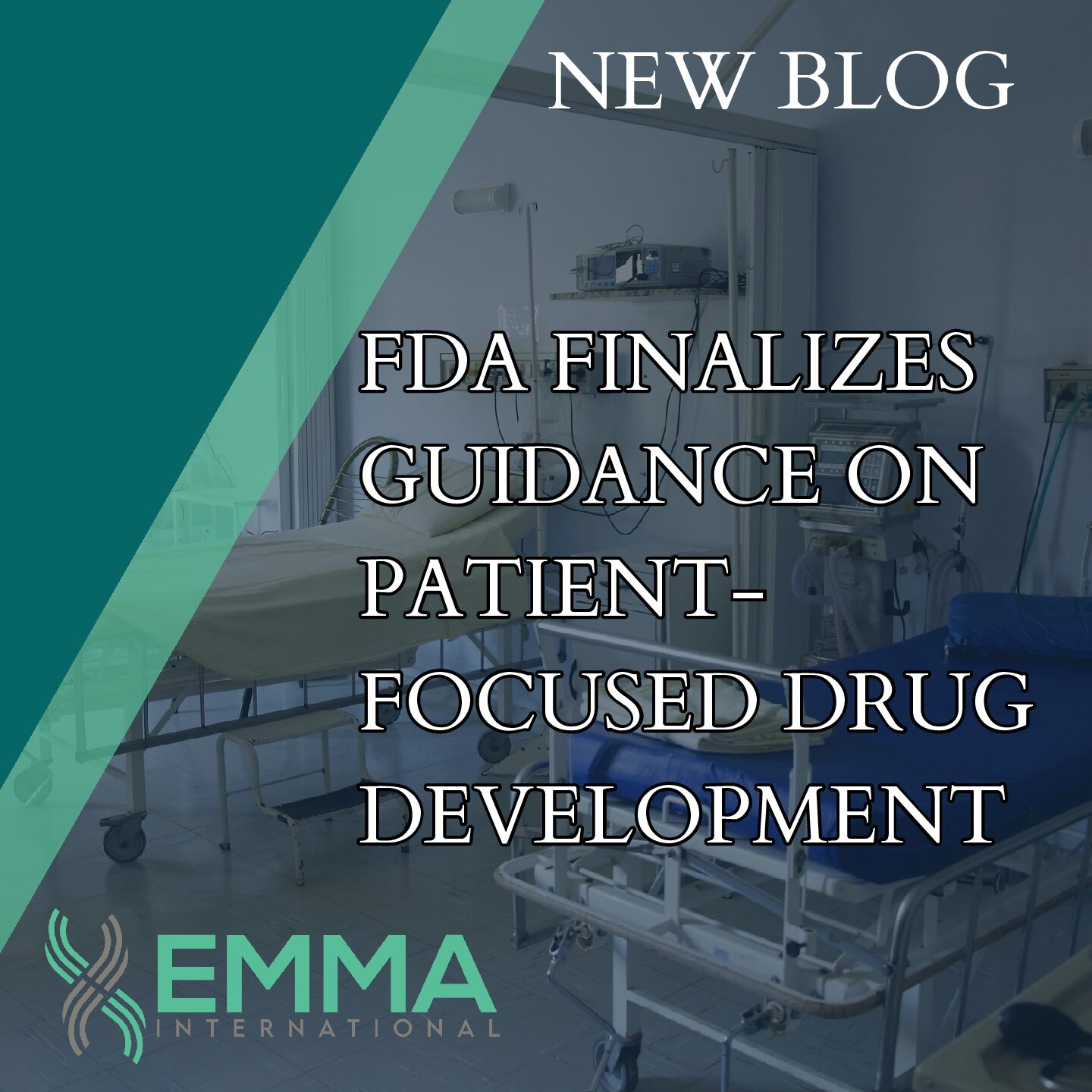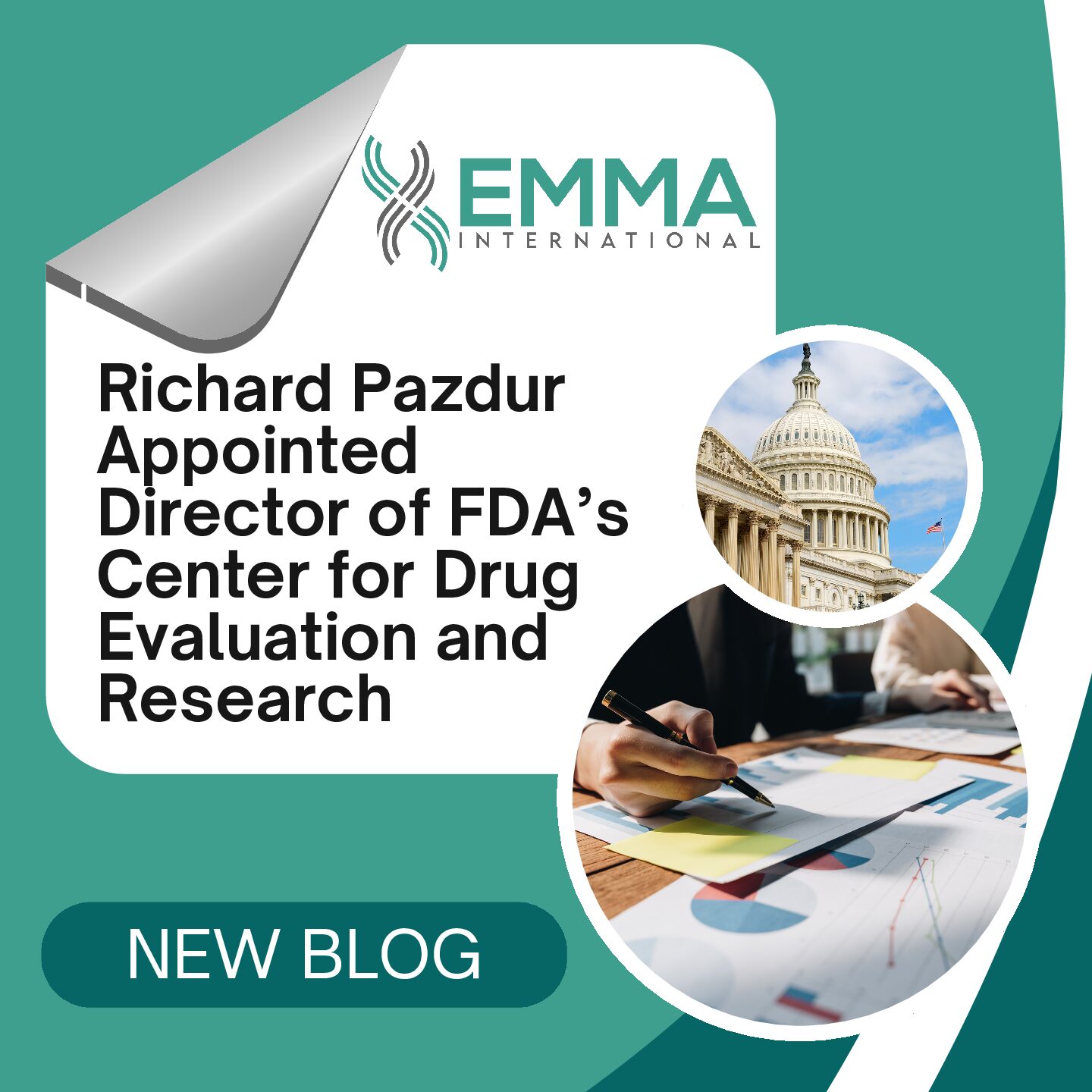The pharmaceutical industry is continuously evolving, with innovations leading to more effective treatments for various diseases. One of the most significant advancements in this field is the development of Highly Potent Active Pharmaceutical Ingredients (HPAPIs). These powerful compounds have revolutionized the way we approach medication, especially in the treatment of severe and chronic conditions such as cancer. In this blog, we will explore what HPAPIs are, their applications, benefits, challenges, and the stringent measures required for their safe handling and manufacturing.
Highly Potent Active Pharmaceutical Ingredients (HPAPIs) are chemical substances used in the manufacture of medications that require only small doses to achieve their desired therapeutic effects. Due to their high potency, even minimal exposure to these compounds can lead to significant biological activity, which is why they are particularly effective in treating diseases that require precise targeting of cells, such as cancer.
HPAPIs are predominantly used in the development of targeted therapies, particularly in oncology. These compounds enable the formulation of drugs that can precisely target cancer cells while minimizing damage to healthy cells, thus reducing side effects and improving patient outcomes. Beyond oncology, HPAPIs are also being explored for use in treatments for other severe conditions such as autoimmune diseases, cardiovascular diseases, and hormonal imbalances.
Due to their high potency, HPAPIs can provide effective treatment at much lower doses compared to traditional drugs. This can enhance the efficacy of the medication while reducing the risk of side effects. The high potency of HPAPIs means that smaller doses are needed to achieve the desired therapeutic effect. This can lead to fewer pills or injections, improving patient compliance and convenience. Subsequently, HPAPIs are essential in the development of targeted therapies, which aim to attack diseased cells with precision. This approach minimizes harm to healthy cells, resulting in better patient outcomes and quality of life.
Despite their advantages, HPAPIs pose significant challenges in terms of handling and manufacturing due to their potency and potential toxicity. These challenges include:
- Safety Concerns: Given their high potency, HPAPIs can pose serious health risks to workers involved in their manufacturing, packaging, and transportation. Proper safety protocols, including the use of personal protective equipment (PPE) and engineering controls, are crucial to minimize exposure.
- Specialized Facilities: The manufacturing of HPAPIs requires specialized facilities equipped with advanced containment systems to prevent contamination and ensure the safety of personnel. This includes isolators, closed-system transfer devices, and high-efficiency particulate air (HEPA) filtration systems.
- Regulatory Compliance: HPAPIs are subject to stringent regulatory requirements to ensure their safe production and use. Compliance with guidelines set by organizations such as the FDA and the European Medicines Agency (EMA) is essential for any facility handling these compounds.
Highly Potent Active Pharmaceutical Ingredients (HPAPIs) represent a significant advancement in the pharmaceutical industry, offering the potential for more effective and targeted treatments for a range of serious conditions. While their development and use come with substantial challenges, particularly in terms of safety and manufacturing, the benefits they provide in improving patient outcomes make them a crucial component of modern medicine. As technology and regulatory frameworks continue to evolve, the safe and effective use of HPAPIs will likely expand, bringing new hope to patients with some of the most challenging medical conditions.
As science and technology advance, pharmaceutical development has become more demanding than ever. No matter how complex the therapy or how expansive the data, EMMA International helps you meet critical milestones on time and on budget. Call us at 248-987-4497 or email info@emmainternational.com to get in touch with our team of experts today.
FDA (Aug 2018) Guidance for Industry, Q7A Good Manufacturing Practice Guidance for Active Pharmaceutical Ingredients retrieved from: https://www.fda.gov/regulatory-information/search-fda-guidance-documents/guidance-industry-q7a-good-manufacturing-practice-guidance-active-pharmaceutical-ingredients





